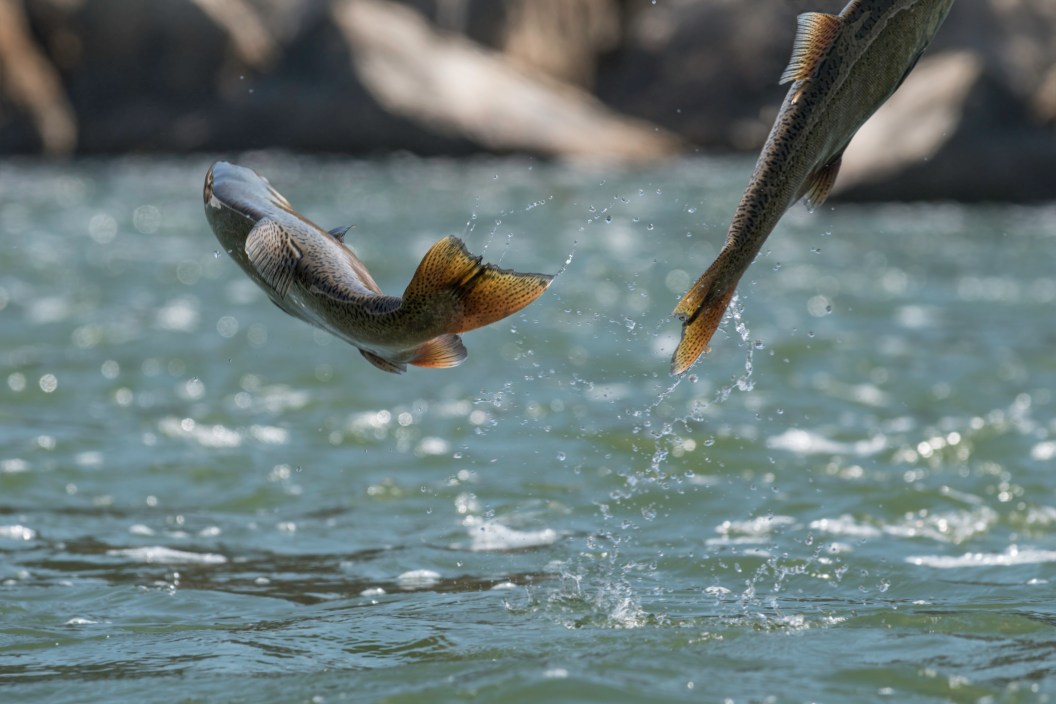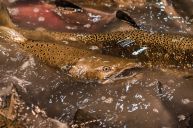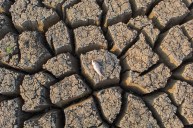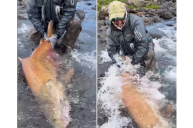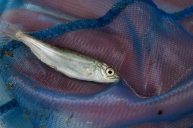The US Department of Commerce has declared salmon fishery disasters in states including Alaska, California, Washington, and Oregon. The disasters cover the period from 2018 to 2021; more salmon fishery disasters are likely to be declared for the period between 2021 and the present.
These disaster declarations come on the heels of years of poor salmon runs across the country and highlight something many of us have known for years: commercial salmon fishing in the US is not doing well.
According to NOAA Fisheries, fishery disasters can be declared when there is a commercial fishery failure or a serious disruption to production due to a fishery resource disaster from either natural or man-made causes. State governors request disaster declaration, which then must be evaluated and approved by the Secretary of Commerce. Once disasters are declared, Congress may appropriate funds for disaster relief, which can then be used to support affected employees and help create more resilient fisheries through habitat restoration, job retraining, and infrastructure projects.
The Affected States
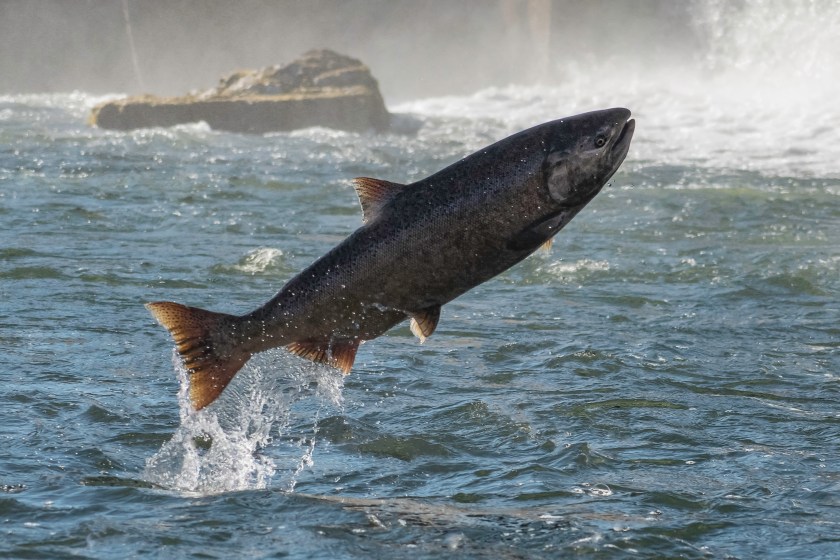
Getty Images, Supercaliphotolistic
Oregon, which has been experiencing a decline in its Chinook salmon runs for years, has received a disaster determination for every Oregon Chinook salmon fishery from 2018 to 2020. Oregon's governor had requested that a disaster be declared two years ago, and the determination has just been finalized. Fishing regulators have blamed the drop in Chinook salmon on poor habitat conditions and climate change affecting the salmons' migration routes; whatever the cause, it's clear that Chinook salmon numbers have nosedived in the state. In the 1970s, commercial fishing boats brought in an average of $35 million in Chinook and coho salmon; in 2020, they only brought in $1.4 million. Oregon has also requested a disaster be declared for the 2021 season and is still waiting on a response from the federal government.
California also received a disaster determination for its Klamath River 2020 Chinook salmon fishery. The Yurok Tribe requested the designation after five consecutive years of receiving little to no income from the fishery. "Tribal fishers, who rely solely on the income from the commercial season to provide for their families, have suffered a complete loss of annual income," the tribe noted, per Seafood Source. California closed the Chinook salmon season this year entirely, citing a multi-year drought that devastated the population.
Similarly, the Muckleshoot Indian Tribe in Washington received a disaster determination for the Chinook, chum, coho, and pink salmon fishery on the Green River for 2017 and 2019. The tribe experienced extremely low runs and blamed the higher ocean temperatures for the decrease in salmon.
Lastly, the Department of Commerce also declared that a disaster took place in the Alaska Yukon River salmon fisheries. Though the fisheries were closed in 2021 and 2022 to let the fish recover, salmon levels are still historically low.
"Although all salmon fishing was closed on the Yukon River in 2021 and 2022 and heavily restricted/closed in 2020, the 2022 total number of Chinook salmon (called King salmon in Alaska) returning to the Yukon River was estimated to be the lowest on record," Alaska Governor Mike Dunleavy said in a letter seeking federal assistance last year. "The 2022 summer chum salmon run was less than the minimum escapement goal and was the fourth lowest on record. Similarly, the minimum escapement goal for fall chum salmon is unlikely to be met."
Alaska Natives and other residents depend on the Yukon River fisheries for subsistence farming. In 2021, Dunleavey sent 12,500 pounds of chum salmon, purchased from Copper River Seafounds on Prince William Sound, to Yukon River communities to increase food security.
What Does A Disaster Determination Entail
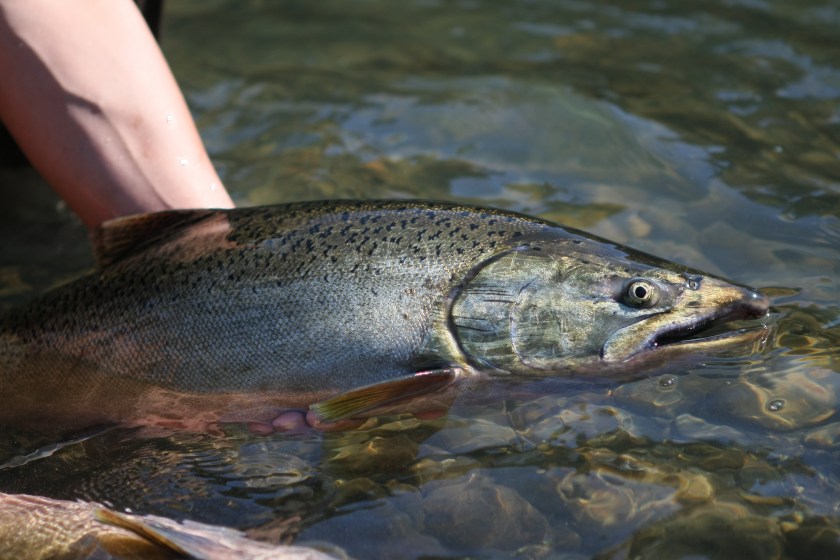
These salmon fishery disaster determinations will open the door for major federal financial assistance. Earlier this year, Alaska received over $200 million for previous fishery disasters. The Alaska funds were distributed to fishermen and their crews, seafood processors, and research initiatives in the regions that experience fishery disasters.
Seven additional salmon disaster determination requests are still pending for fisheries in Washington, Alaska, and Oregon for the 2022 and 2023 years.
READ MORE: California Has Temporarily Banned Salmon Fishing
